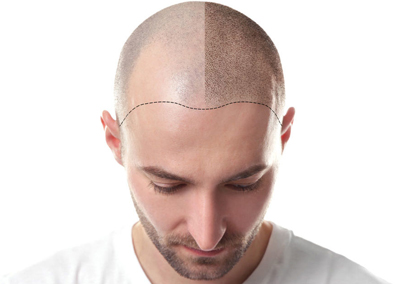Hair transplantation is available for both men and women. The term refers to a variety of techniques for improving hair density or for covering bald areas with the patient’s own hair.
Akabirhealth.com offers you the access to the best treatments in the best clinics.
Foreign patients are accompanied by professional and multilingual patient assistants; Consultations and treatments are performed by qualified doctors

Who is it for?
The amount of donor hair available plays a large part in determining hair transplant candidacy. Because hair transplantation involves removing healthy hair and transplanting it to areas in need, it is necessary to have follicles that are active and genetically resistant to hair loss.
Men that suffer from Male Pattern Baldness (MPB) generally experience hair loss only in certain areas of the scalp, with the sides and back unaffected. These unaffected areas can become suitable donor sites, making around 90% of men with this type of genetic hair loss good candidates for transplantation.
Because Female Pattern Baldness are more diverse. More commonly affects the entire scalp; stable donor areas are limited, often making women less eligible candidates for hair transplant surgery.
Only a hair transplant physician can determine whether you would be a good candidate or not. During your consultation, your doctor will analyze the extent of your hair loss and the amount of hair available in the donor region and advise you about the coverage you can achieve from surgery.
FUE is great for those wishing to wear their hair very short, since the technique does not leave any linear scarring. Additionally, people who have already had hair transplant surgery but desire different results should consider FUE.
Contraindications:
When performed by an experienced and licensed physician, hair transplantation is a completely safe, outpatient procedure. In fact, FUE is the least invasive surgical technique, with minimal discomfort. With both FUE and FUT, pain medication and local anesthetics are used.
Post-operative instructions further help prevent any complications and most patients return to work the very next day.
Recent Posts
Recent Comments
Recent Posts
Categories
- No categories
